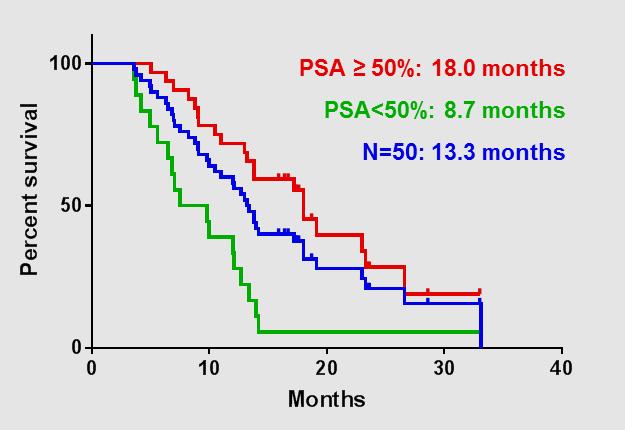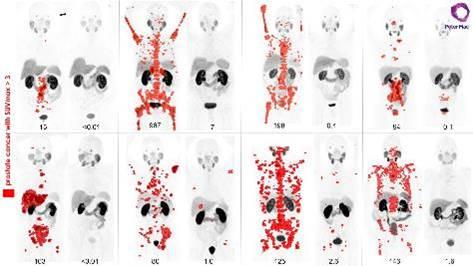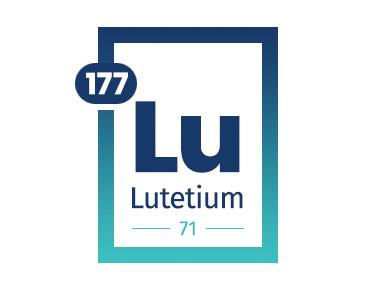

Published on the 12th February 2019 by ANSTO Staff
Updated results of a phase II clinical trial in Australia has shown that the majority of men with metastatic prostate cancer responded to treatment with a novel targeted radiation therapy using lutetium-177 (LuPSMA) and lived a median or mid-point of 13 months longer than the average nine months survival time.

Prof Michael Hofman, leader of the clinical trial, which is the first prospective study of this potential new class of treatments, will report the results at the American Society of Clinical Oncology (ASCO) Genitourinary (GU) conference in San Francisco California this month. The clinical trial was sponsored by the Peter MacCallum Cancer Centre in Melbourne.
LuPSMA delivers high doses of radiation precisely to the cancer metastases.
“In this trial, we treated men who would have otherwise been directed to palliative care,” said Dr. Hofman.
“It’s exciting to see that LuPSMA can potentially offer benefits for many men with these very aggressive cancers, with few side effects and significant improvements in quality of life. Importantly, we saw continued benefits with LuPSMA re-treatment in some men whose cancer progressed.”
ANSTO provided lutetium-177 from the OPAL multipurpose reactor for the clinical trial. An American company Endocyte supplied the PSMA-617.
All patients enrolled in the trial were diagnosed with a form of prostate cancer in which PSMA, the prostate specific membrane antigen, is present on the surface of the cancer cell.
The ASCO GU released the clinical trial results in a media statement before the conference commenced.
More detailed technical information about the results is available with conference highlights.
Background information on the Peter MacCallum website.

